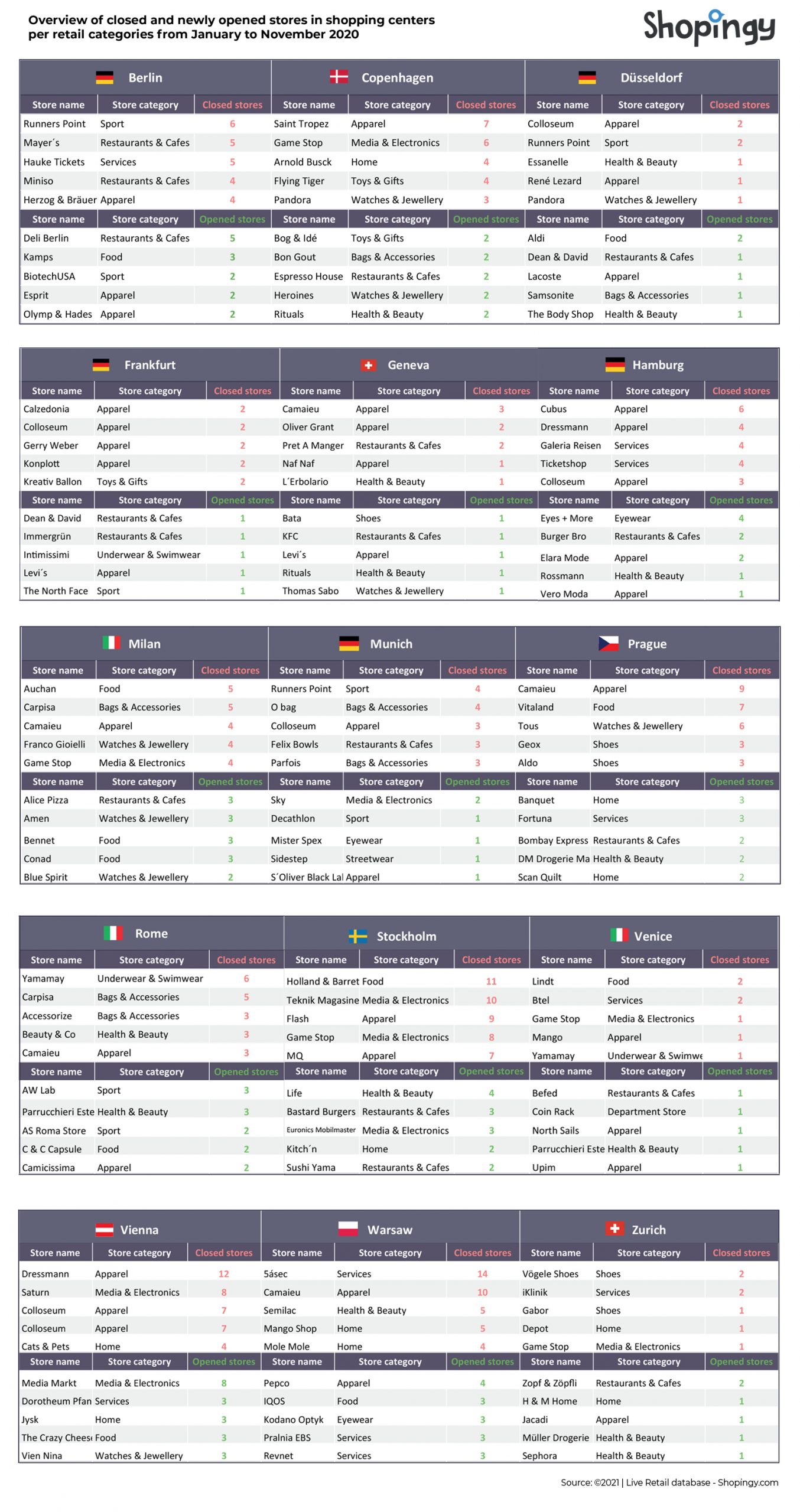By Jan Hübner
The pandemic we are going through this year completely rewrites the existing patterns of behavior, habits, and standards which we have considered set in stone and invariable. Apart from the health implications, there is also an impact on business. The retail sector is, of course, also going through a very turbulent time. It is clearly one of the market segments most affected by the pandemic along with gastronomic services and tourism. As in other areas, data and information are key these days. We need to react fast, in a time and in conditions no one was prepared for. More than ever, data are a vital tool for management and stabilization. Today’s situation is unclear and constantly changing.
Countries, regions, and cities adopt different levels of movement restrictions; they limit the number of people in public spaces; shops are closed or opening hours are limited; restrictions vary considerably. Therefore, the data we see cannot be seen as absolute values, they primarily represent facts about the transformation of tenant structures in the 402 shopping centers we monitor in fifteen European cities.
All market players are left with very limited maneuvering space. To a large extent they are dependent on decisions of authorities of every given country. Up-to-date data are a benefit they can use to gain the competitive edge over others. Up-to-date data can turn today’s threats for some into great opportunities for others.
In the chart we have processed data showing numbers of closed and newly opened stores in shopping centers of the fifteen monitored European cities in the monitored period from January to November 2020. They are broken down by individual retail categories and compared with the current total number of stores as of November 30, 2020.
click here to enlarge image
Data as a base for decisions
Today, data on the transformation of the retail market help at all levels of the decision-making process. They help all professionals in the retail industry, for example in leasing departments, directors of shopping centers, retail managers, retail agencies, investors, and also retail brands. Generally speaking, all data are available in various formats and places, but it is essential to have them available in one place and clearly organized, and to work with them on a daily basis, to use them in preparation of business plans and planning strategies.
The following chart shows an overview of closed and newly opened stores in shopping centers of the fifteen monitored European cities with the largest number of changes in the monitored period from January to November 2020.

click here to enlarge image
With the retail season at its peak, many stores and brands who already know they will not be able to handle the situation, still keep their positions in malls and keep their stores open. The real impact of the pandemic situation in shopping centers will be clearly reflected in data in the first half of this year. In terms of transformation of tenant structures, these few months will undoubtedly be the most turbulent in the history of shopping centers.






